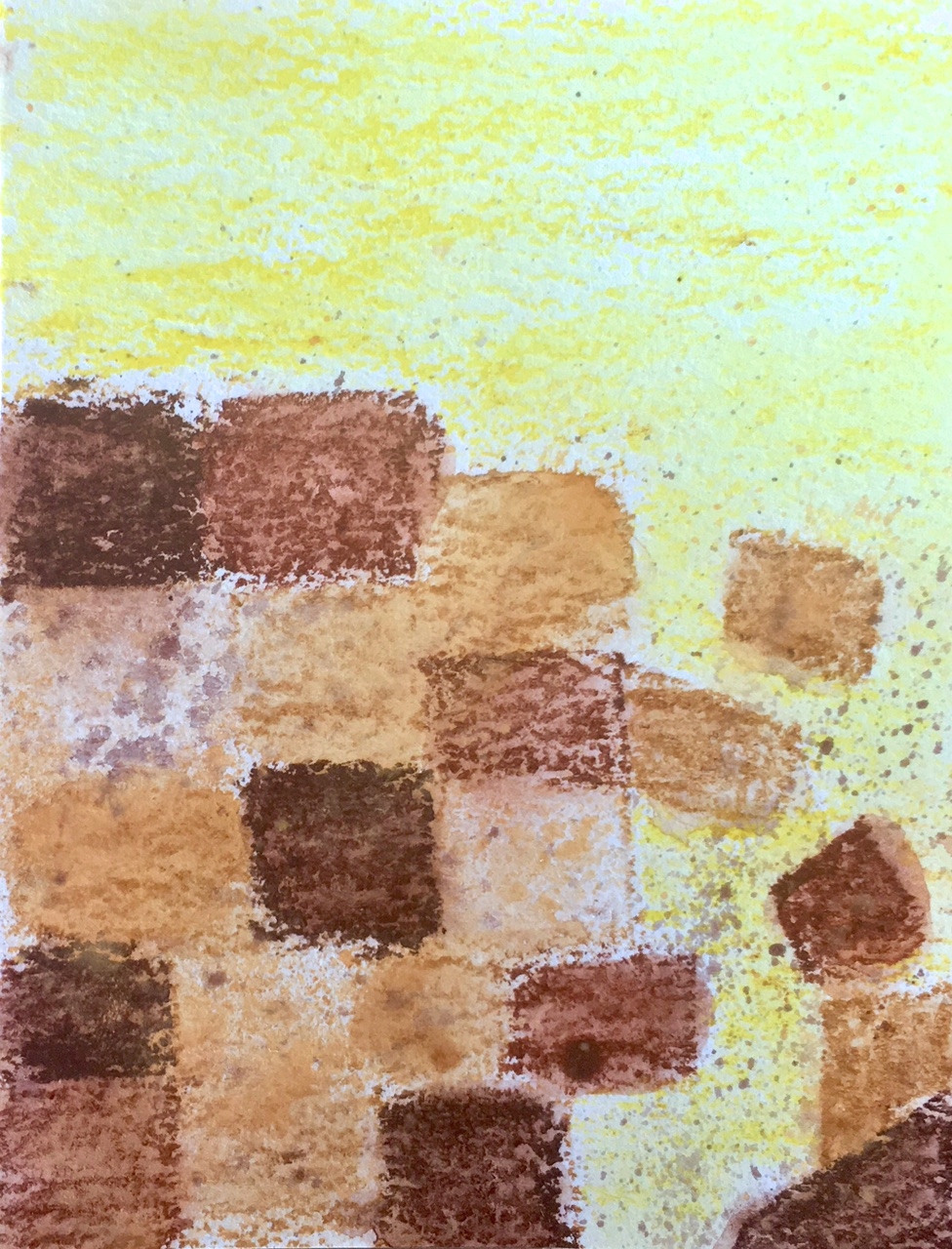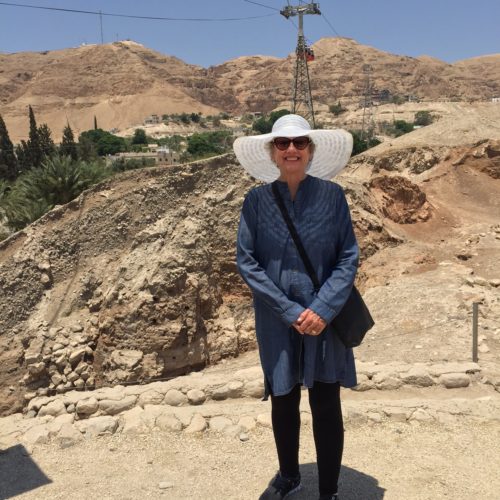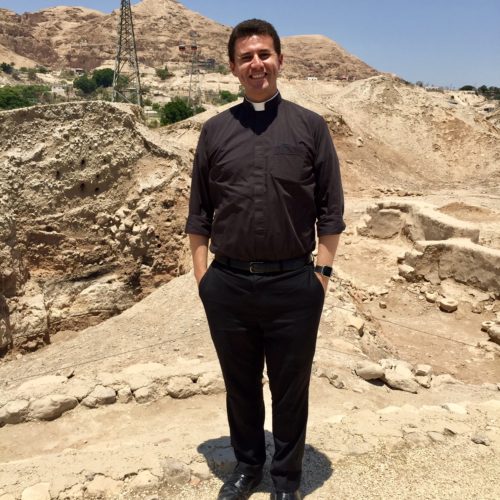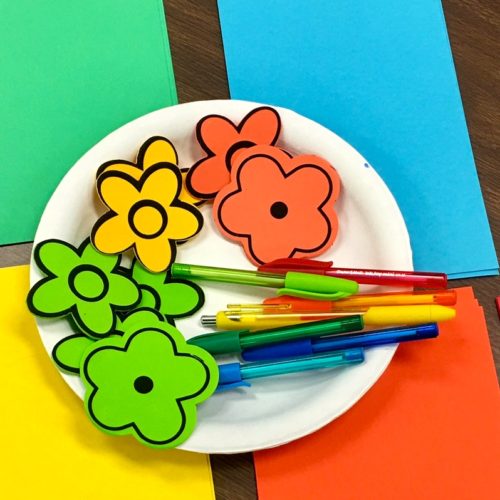November 1– All Saints’ Day
“The first people to be made saints were Christ’s family, apostles, and the early Christian martyrs in the first century.”
“The name “saint” is given to a Christian person who has died and is worthy of great honor and respect.”
“As some of the world’s most inspiring role models they (saints) can show us how to be better people.”
Source: Saints and Angels By Claire Llewellyn Pages 4 & 5

For Families to Share Together:
Pray the Rosary with your children. Use the Rosary crucifix to cross yourselves: How to Pray the Rosary Source: Catholic Child’s Prayer Book By Rev. Thomas J. Donaghy St. Joseph Junior Books, Page 15 “We begin the Rosary with the sign of the Cross (for this is the way that we begin all of our prayers.) After this, we pray the Apostles’ Creed. This is a very ancient prayer that proclaims the important truths of our faith. After the Apostle’s Creed, we pray one Our Father, three Hail Marys and one Glory Be. Now we come to the most important reason we pray the Rosary: to meditate on the Mysteries of our Faith. We proclaim each of the five Mysteries, followed by one Our Father, ten Hail Marys, and one Glory Be. Remember, the reason for praying the Rosary is not to tally how many prayers we can say. It is to meditate on God’s love as shown in the lives of Jesus and Mary. This is why we hold the Rosary while we pray, so that we can keep track of the number of prayers we have said.” Begin learning the five Luminous Mysteries, “Mysteries of Light: THE BAPTISM OF THE LORD, THE WEDDING OF CANA, THE PROCLAMATION OF THE KINGDOM, THE TRANSFIGURATION, and THE INSTITUTION OF THE EUCHARIST.” The Apostles’ Creed from Catholic Online
Happening This Week
November 1, The Solemnity of All Saints’ Day Source: Magnifikid!, November 1, 2017 Vol. 14. Part 12. Section 2. Pages 12, 13
“The Communion of Saints”
“When we recite the Apostles’ Creed, we confirm at the end that we believe “in the communion of saints.” We believe that we are united with all baptized people–those on earth, those who suffer in purgatory, and those who are in heaven. We are linked to them through baptism and the Eucharist, and we all form one body of Christ. We can pray for each other, even though we may not know each other personally. In the Church, every good act blesses everyone.”
November 2, All Souls’ Day Source: FranciscanMedia.org
“Commemoration Of All The Faithful Departed”
For Grownups:
“The theological underpinning of the feast is the acknowledgment of human frailty. Since few people achieve perfection in this life but, rather, go to the grave still scarred with traces of sinfulness, some period of purification seems necessary before a soul comes face-to-face with God. The Council of Trent affirmed this purgatory state and insisted that the prayers of the living can speed the process of purification.”
For Children:
When we have lost a person we love, such as an elderly relative or grandparent, prayer gives us an opportunity to be close to them and to God at the same time. We remember them and feel comforted.
“Yet prayer for a loved one is, for the believer, a way of erasing any distance, even death. In prayer we stand in God’s presence in the company of someone we love, even if that person has gone before us into death.”
November 4–Saint Charles Borromeo (Italy, October 2, 1538 – November 3, 1584) Source: FranciscanMedia.org
“The name of Charles Borromeo is associated with reform. He lived during the time of the Protestant Reformation, and had a hand in the reform of the whole Church during the final years of the Council of Trent.”
“Saint Charles Borromeo made his own the words of Christ: “…I was hungry and you gave me food, I was thirsty and you gave me drink, a stranger and you welcomed me, naked and you clothed me, ill and you cared for me, in prison and you visited me” (Matthew 25:35-36). Borromeo saw Christ in his neighbor, and knew that charity done for the least of his flock was charity done for Christ.”
We Learn Through Storytelling
When I was in Israel this past June, my son, Father William Goldin, and I rented a car and traveled a bit to important areas outside of Jerusalem. We visited Jericho, which is the oldest city in the world and is still populated. We looked out from the ancient ruins of this civilization and saw the mountains of Jordan and lush agricultural lands set in a desert background. I later read that the rainfall on the Jordanian mountain range runs into the desert valley where Jericho was built thousands of years ago and goes underground. This underground water provides for the irrigation of crops and gives people drinking water. People can survive most anything if they live near a water source. When we were there in June, it was 107 degrees! Here I am in Jericho. The silly hat cost five dollars in Jerusalem and was a life-saver for the intense sun.
The story of Jericho in the Old Testament is found in Joshua 6:12-20. Here is an excerpt from The Catholic Children’s Bible, Page 299 that helps explain what happened thousands of years ago:
“Understand It!”
“The Israelites came to Canaan, the land God promised. To own it, they had to take over the city of Jericho. God gave the Israelites surprising directions for doing this. He did not have the Israelites attack the town with weapons. Instead, he told them to march around Jericho for seven days with the ark of the Lord. He also told them to blow horns as they marched. The Israelites obeyed because they had learned to trust God. On the seventh day, the Israelites gave a great shout, and the thick walls of Jericho crumbled. Obeying God and listening to Joshua led to victory. Sometimes God may ask us to do something we don’t understand. When we obey, we will be rewarded!”
“The Battle of Jericho” in The Children’s Illustrated Bible Pages 94 & 95 has a complex but understandable text, and wonderful illustrations of the Battle of Jericho. I find this book to be a great source for enrichment because of the interesting facts included in each story, and details like this:
“Joshua then gathered his army together. Over forty-thousand men stood ready to fight on the plains of Jericho. All of them were willing to die for Joshua, for he was as inspiring a leader as Moses: his people both trusted and feared his anger, for they knew that, like Moses, he was loved by God.”

We Learn Through Reading
On November 1, The Solemnity of All Saints, we heard the reading from the holy Gospel according to Matthew about Jesus and the Sermon on the Mount. In Jesus’ sermon, he went high on a hill to talk to many people about The Beatitudes. Beatitude means, “blessing.” The Beatitudes give us a guide for treating others with kindness and care. The area where Jesus was preaching, and where he delivered his Sermon on the Mount, is called Galilee. It is a beautiful area on the shores and in the hills above the Sea of Galilee. Here are two photo of this peaceful location in Israel:
Please see “Let Your Light Shine” for additional information on teaching the Beatitudes to children.
The Beatitudes and the Sermon on the Mount
“The text of St. Matthew runs as follows:
Blessed are the poor in spirit: for theirs is the kingdom of heaven. (Verse 3)
Blessed are the meek: for they shall possess the land. (Verse 4)
Blessed are they who mourn: for they shall be comforted. (Verse 5)
Blessed are they that hunger and thirst after justice: for they shall have their fill. (Verse 6)
Blessed are the merciful: for they shall obtain mercy. (Verse 7)
Blessed are the clean of heart: for they shall see God. (Verse 8)
Blessed are the peacemakers: for they shall be called the children of God. (Verse 9)
Blessed are they that suffer persecution for justice’ sake, for theirs is the kingdom of heaven. (Verse 10)”
Source: NewAdvent.org
At this same time, “Jesus taught them how to pray.” Source: My First Communion Bible Page 26
We Celebrate Through Song
“Joshua Fit The Battle of Jericho” Source: Sing With Me #75 Hymnary.org
Refrain:
Joshua fought the battle of Jericho, Jericho, Jericho,
Joshua fought the battle of Jericho,
and the walls came tumbling down.
1 You may talk about the men of Gideon;
you may talk about the men of Saul;
there’s none like good old Joshua,
at the battle of Jericho. (Refrain)
2 Up to the walls of Jericho
he marched with sword in hand,
“Go blow those ram’s horns,” Joshua cried,
“for the battle is in God’s hands.” (Refrain)
3 Then the horns began to bellow,
the trumpets began to sound,
and Joshua commanded the children to shout,
and the walls came tumbling down. (Refrain)
To Hear the Tune:
Mahalia Jackson “Joshua Fit The Battle Of Jericho”
We Learn through Writing
Click on image to enlarge.
A dollar journal from Staples, some brightly colored heavy card stock paper, foam stickers, gel pens and Sharpies add up to a lovely “Prayer Journal.” As the children expand their collection of prayers and important information, such as the Beatitudes, they can record them in their own journals.
We Celebrate Through Art
Click on image to enlarge.
These are watercolor crayon drawings brushed over lightly with water, to remember “The Battle of Jericho.” Invite the children to draw items they learned while reading about Joshua and trusting in God’s orders, including, Palm trees, rocks, the “Ark”, a ram’s horn, a wall, etc.
















